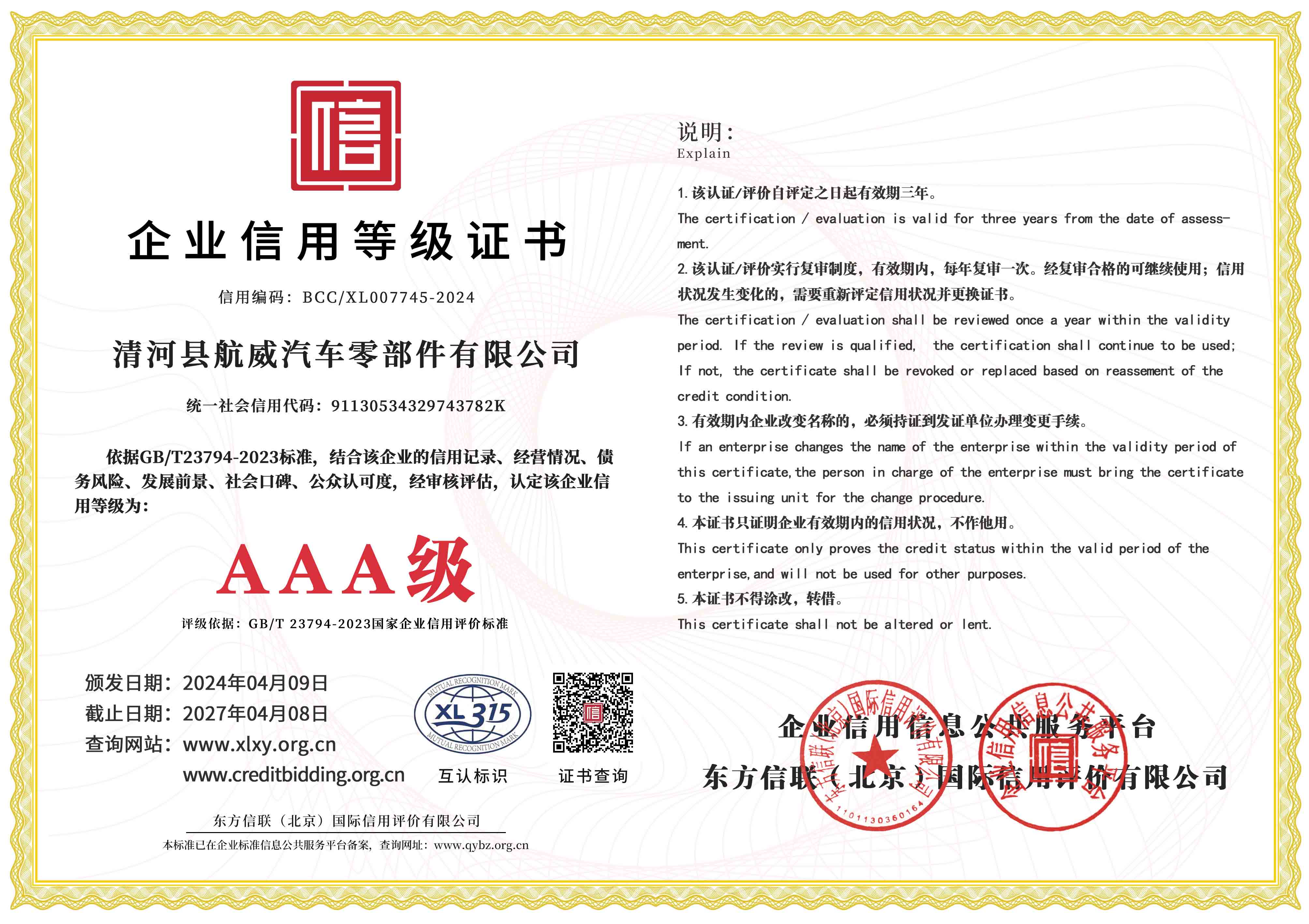gear cable price
Understanding Gear Cable Prices What Affects the Cost?
When it comes to mountain biking, road cycling, or any bicycle that requires precise gear shifting, the quality of gear cables is paramount. The price of gear cables can vary significantly based on several factors, and understanding these factors can help cyclists make informed purchasing decisions.
1. Material Quality
One of the primary determinants of gear cable prices is the material from which they are made. Most gear cables are constructed from stainless steel, which offers resistance to rust and corrosion. Higher-end cables often utilize advanced materials, such as coated stainless steel or even hybrid composites, which can offer smoother shifting and increased durability. The manufacturing process also plays a role; cables that are precision-engineered for reliability and longevity generally come at a premium price.
2. Brand Reputation
Brand plays a crucial role in pricing. Established brands that have built a reputation for quality and reliability, such as Shimano, SRAM, and Campagnolo, usually command higher prices. Cyclists often prefer brands they trust for consistency and performance. New or lesser-known brands may offer lower prices, but they may not always provide the same level of quality and performance. Therefore, cyclists must weigh the importance of brand versus cost when making their purchase.
3. Cable Length and Configuration
The specific requirements of a bike can also affect gear cable pricing. Different bike models may require different cable lengths, with custom lengths often being more expensive than standard ones. Additionally, certain configurations—like those used in internal cable routing systems—demand more complex designs and can lead to increased production costs. As a result, these cables may be priced higher to account for the specialized manufacturing processes involved.
gear cable price

4. Additional Features
Many modern gear cables come with added features that can affect price. For instance, some cables feature advanced coatings that reduce friction, which translates to smoother gear transitions. Others may be equipped with protective sheaths that enhance durability and resistance to wear. The incorporation of such features not only enhances performance but can also significantly increase the cost of gear cables.
5. Where You Buy
The venue from which you purchase gear cables can also influence their price. Online retailers may offer competitive pricing and discounts, especially during sales events or clearing out old stock. Local bike shops, while potentially more expensive, may provide added value through personalized service and expert advice. Costs may also vary based on geographic location; prices could be higher in areas where cycling is extremely popular and the demand is greater.
6. DIY vs. Professional Installation
Finally, the cost of gear cables can also be affected by whether the installation is DIY or done by a professional. Many cyclists opt to install cables themselves to save on labor costs, which can significantly lower the overall expense. However, those who are not comfortable with mechanics or lack the tools might pay extra for professional installation, which should be factored into the total cost of ownership for new cables.
Conclusion
In conclusion, the price of gear cables is influenced by a combination of factors including material quality, brand reputation, cable length, additional features, purchase venue, and installation choices. As with many cycling components, it is essential for cyclists to evaluate their needs, budget, and the importance of performance versus cost. By understanding the variables at play, cyclists can select gear cables that not only fit their budget but also enhance their riding experience. In the long run, investing in quality gear cables can lead to smoother rides and a more enjoyable cycling experience.
-
Workings of Clutch Pipe and Hose SystemsNewsJun.04,2025
-
The Inner Workings of Hand Brake Cable SystemsNewsJun.04,2025
-
The Secrets of Throttle and Accelerator CablesNewsJun.04,2025
-
The Hidden Lifeline of Your Transmission Gear Shift CablesNewsJun.04,2025
-
Demystifying Gear Cables and Shift LinkagesNewsJun.04,2025
-
Decoding Clutch Line Systems A Comprehensive GuideNewsJun.04,2025
